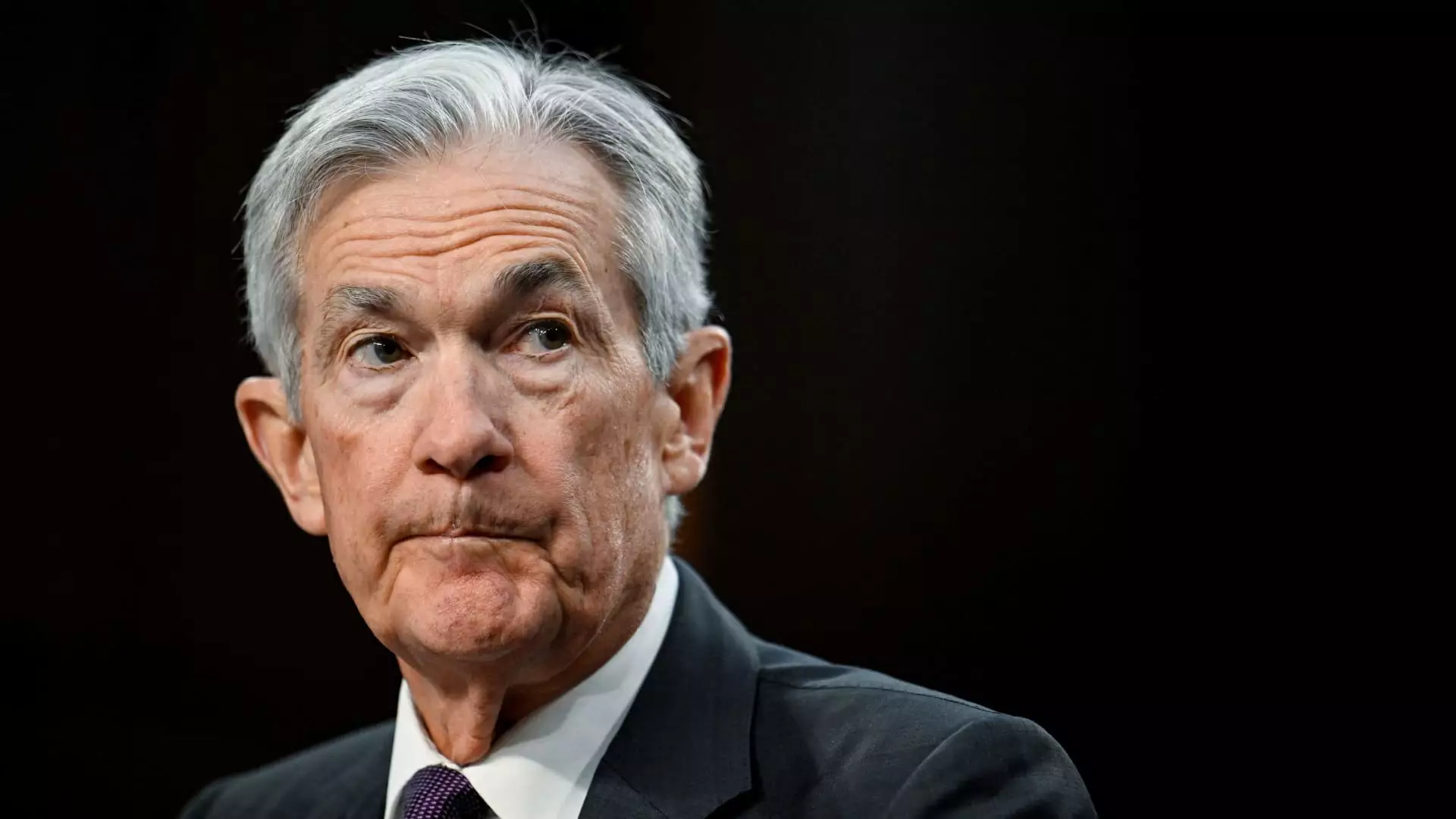Recently, Federal Reserve officials have projected a narrative that the current monetary policy landscape is “well-positioned” to adapt to any forthcoming risks. Yet, with the multifaceted unknowns enveloping the U.S. economy and political environment, it may be more appropriate to assert that the Fed’s strategy is somewhat stagnant or entrenched rather than agile. The overarching impression is that the Fed is maintaining a neutral stance as it braces for what could be a protracted wait for clarity on future economic conditions. As stated by Atlanta Fed President Raphael Bostic, the labyrinth of factors at play—including the sentiments from banking institutions regarding potential tax and regulatory developments—adds to the complexity of shaping effective monetary policies.
Bostic’s observations reflect a thematic tension emerging from policymakers; on one hand, there’s optimism regarding regulatory changes, while on the other, there is a palpable sense of concern regarding trade and immigration policies dictated by the current administration. The repeated occurrences of “uncertainty” in the discourse surrounding policy meetings underscore the challenges officials face in formulating a cohesive strategy amidst volatility.
Fedspeak and the Challenge of Clarity
The term “Fedspeak” aptly categorizes the cacophony of communications that transpire between scheduled policy meetings, including statements from Chair Jerome Powell and other central bank leaders. Such communication has highlighted a keener awareness of uncertainty among Fed officials. For instance, in a recent blog post, Bostic emphasized that “uncertainty calls for caution” in policymaking. This sentiment echoes through the minutes released by the Federal Open Market Committee (FOMC), which included numerous references to the persistent unknowns that could affect the economic landscape.
These minutes particularly spotlighted concerns about the timing and potential ramifications of altering trade, immigration, fiscal, and regulatory policies. The dual effect of uncertainty on labor conditions and inflation levels continues to dominate deliberations. While employment metrics have remained steady, inflation has been a moving target, frequently straying from the Fed’s 2% goal—a threshold that hasn’t been consistently met for nearly four years.
Economists like St. Louis Fed President Alberto Musalem have expressed particular caution regarding potential inflation increases, suggesting that the current economic environment may present risks skewed towards inflation. Musalem considers the current federal funds rate of 4.25%-4.5% to be “modestly restrictive,” advocating for patience in monitoring inflation developments.
In a similar vein, Chicago Fed President Austan Goolsbee has approached the topic of tariffs with a sense of measured skepticism. His assertions on tariffs underscore the uncertainty associated with their scope and impact on the economy, noting that any resemblance to the disruptive effects of the COVID-19 pandemic would necessitate heightened vigilance from policymakers.
The January meeting minutes illustrate a Fed that is acutely conscious of external shocks and reluctant to proceed with interest rate alterations until progress can be confirmed in stabilizing inflation.
Policymakers are not only preoccupied with inflation and tariffs; the broader financial landscape presents its share of apprehensions. The minutes from recent FOMC discussions characterized threats to financial stability as notable, particularly in terms of banks’ leverage and exposure to long-duration debts. Prominent voices in economic analysis, such as Mark Zandi of Moody’s Analytics, have highlighted the fragility of the U.S. bond market, characterizing it as a potential flashpoint for significant market disruptions.
Zandi contends that a substantive sell-off in the bond market is a plausible outcome, apprehensively detailing the precarious nature of market dynamics where the primary dealers may struggle to manage existing debt levels. He suggests that the current environment precludes the Fed from instigating rate cuts, even as market sentiments hint at possibilities for reductions by year-end.
This intersection of various economic pressures illuminates the complexity confronting the Federal Reserve. Even with indications that the economy is performing reasonably well, the specter of tariffs, inflationary pressures, and external shocks complicates the central bank’s ability to navigate the future effectively.
Given the current context—a blend of optimism, caution, and uncertainty—the Federal Reserve follows a careful and deliberate approach in its policymaking. The landscape is laden with potential disruptions, and officials are keenly aware that any missteps could exacerbate challenges rather than mitigate them. As the Federal Reserve continues to evaluate its policy trajectory, the importance of adapting to evolving economic signals while maintaining a stable footing cannot be understated. Ultimately, the focus on patience and vigilance in fostering clarity represents a prudent strategy in a tumultuous economic climate.

